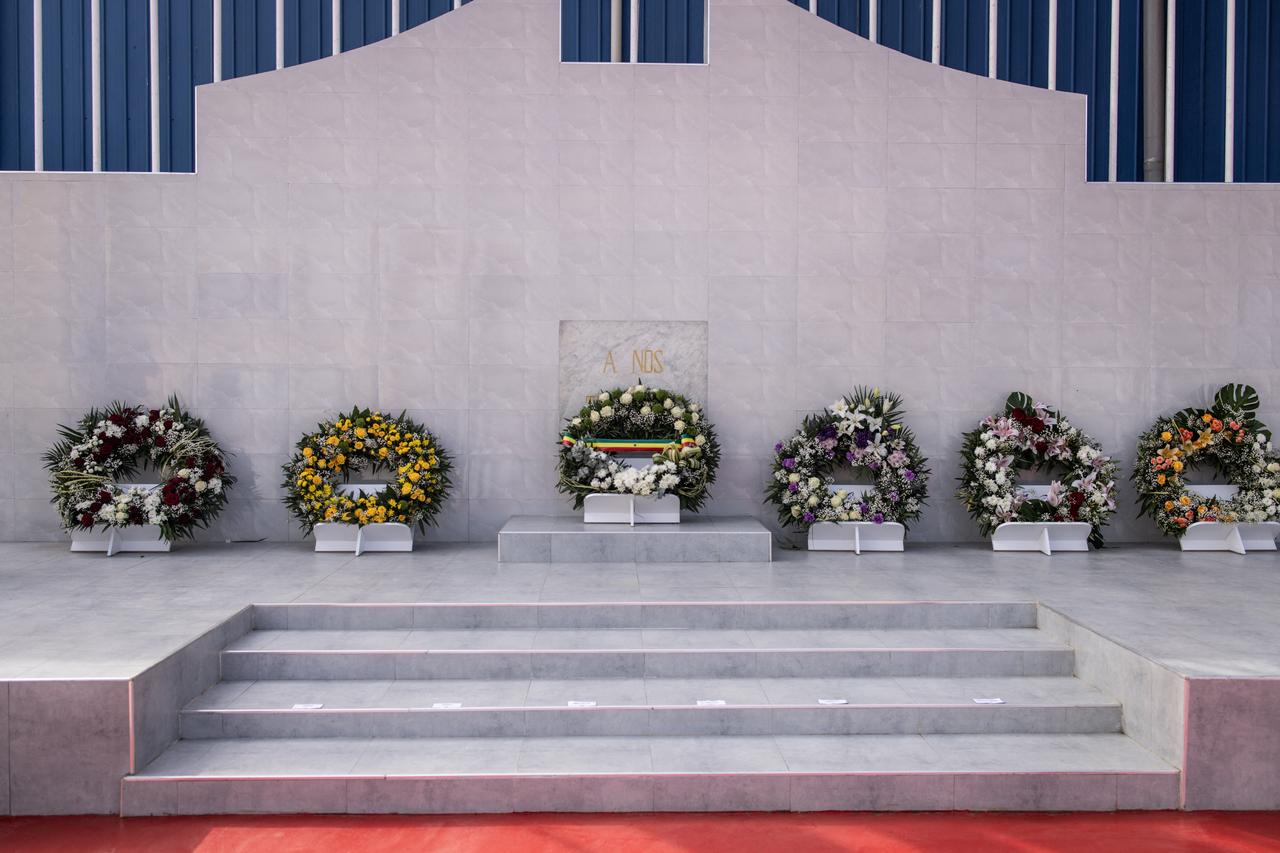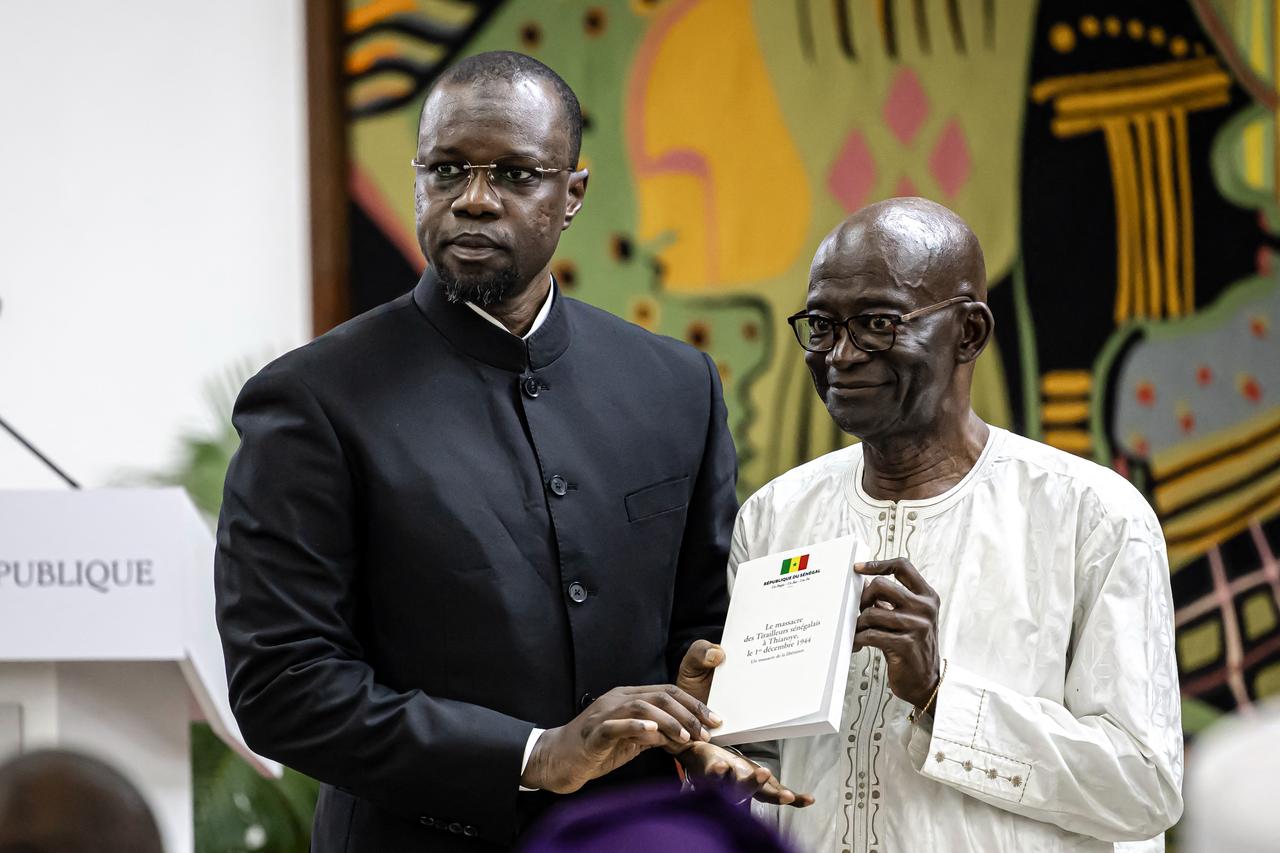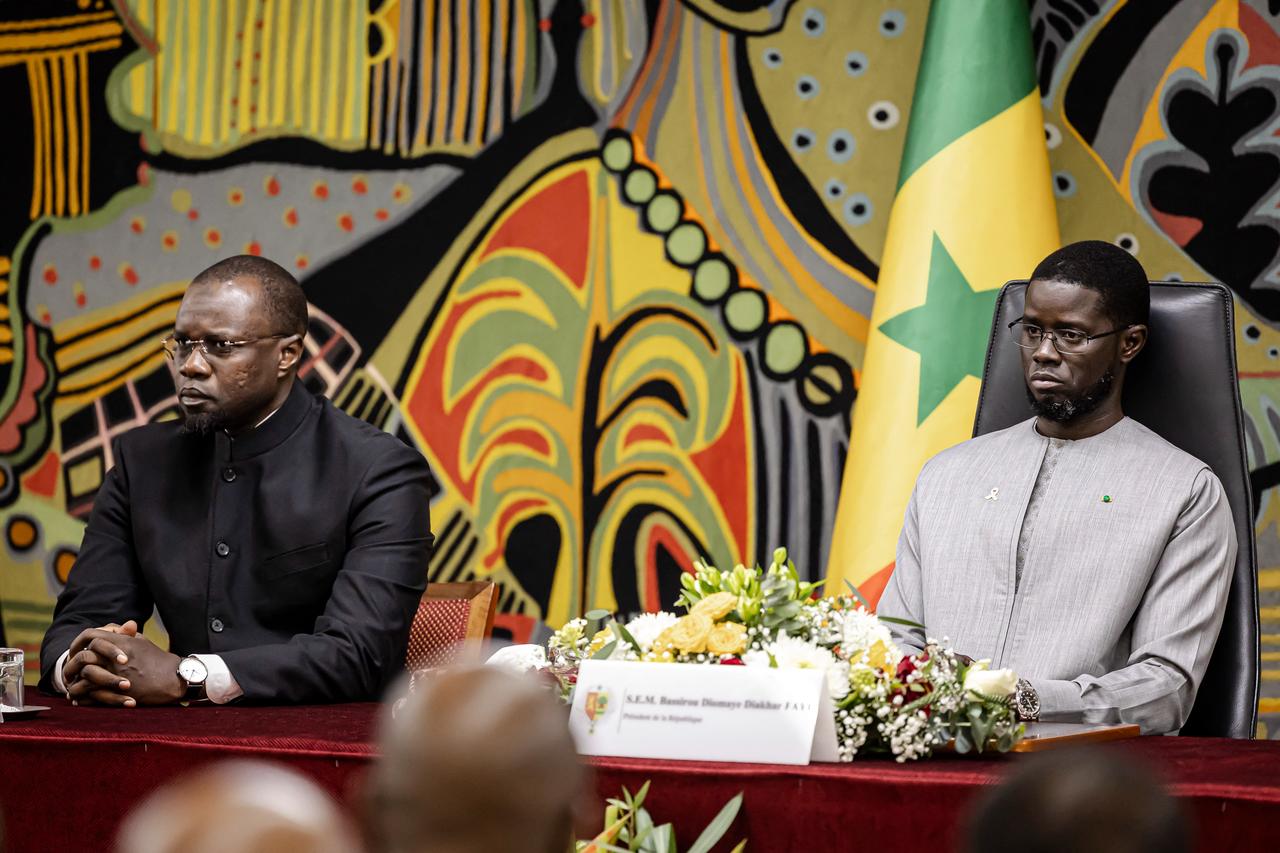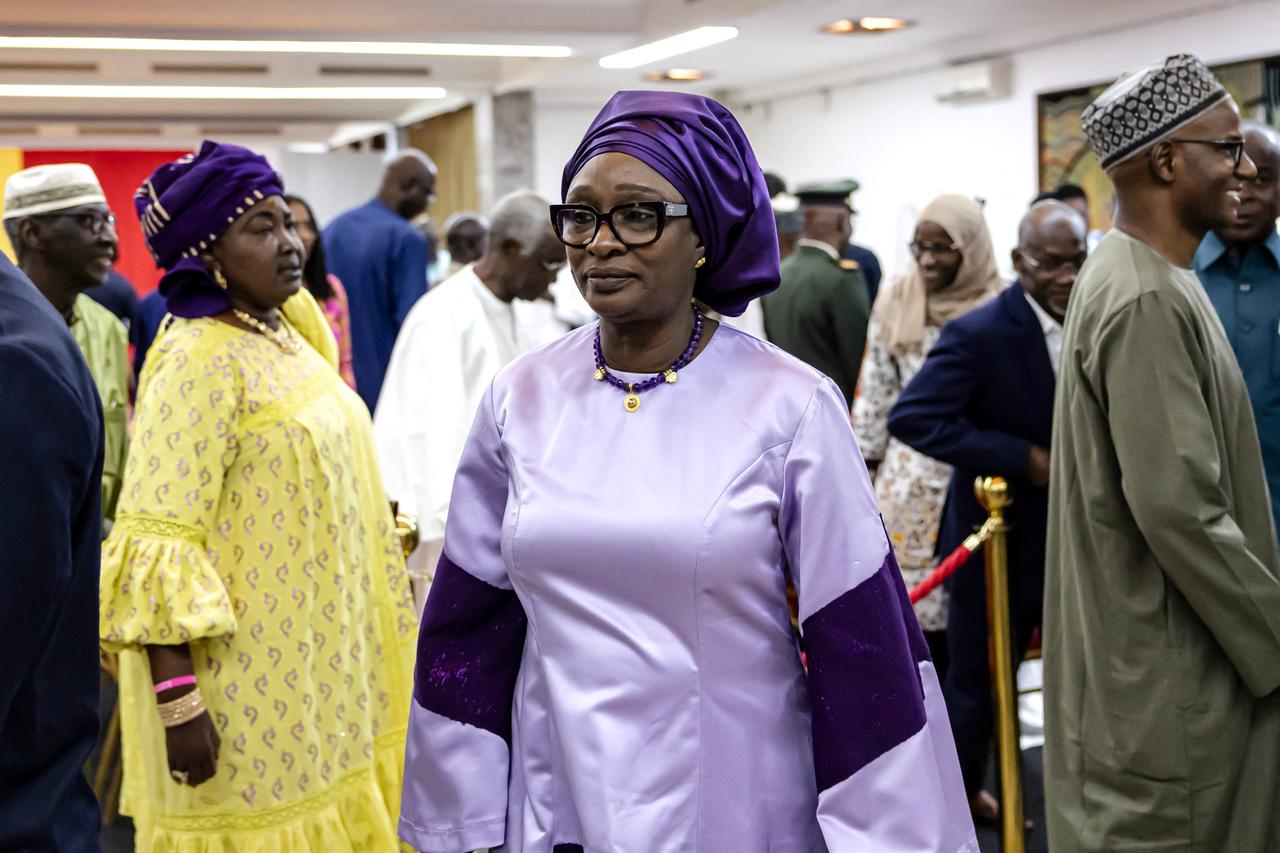
French forces' 1944 massacre of African World War II troops demanding pay in Senegal was "premeditated" and "covered up," with previous death tolls vastly underestimated, according to a paper submitted to the Senegalese president, an exclusive copy of which was obtained by AFP.
According to French colonial authorities at the time, at least 35 infantrymen were killed during the massacre at the Thiaroye camp, near Dakar.
This toll is likely significantly low, according to the committee of researchers who authored the report, who said the "most credible estimates put the figure at 300 to 400" deaths.

The 301-page report, submitted Thursday to President Bassirou Diomaye Faye, calls on France to "officially express its request for forgiveness to the families, communities and populations from which the riflemen came."
Around 1,300 soldiers from several countries in west Africa were sent to the Thiaroye camp in November 1944, after being captured by Germany while fighting for France.
Discontent soon mounted over unpaid back pay and unmet demands that they be treated on par with white soldiers.
On December 1, French forces opened fire on them.

According to the committee, which was led by historian Mamadou Diouf, the report "restores" facts that were "deliberately hidden or buried in masses of administrative and military archives and released sparingly."
"The true death toll of the tragedy is difficult to determine today," the researchers wrote.
But they said previous reports of around 35 or 70 deaths were "contradictory and patently false" and that "more than 400 riflemen vanished as if they had never existed."
The most credible toll, they said, is 300 to 400 deaths.

The massacre "was intended to convince people that the colonial order could not be undermined by the emancipatory effects of the Second World War," the report said.
For this reason, "the operation was premeditated, meticulously planned and executed thusly in coordinated actions," it said.
"In the days following the massacre, the French authorities did everything they could to cover up" the killings, the report said.
This included altering the riflemen's departure records from France and arrival records in Dakar, as well as the number of soldiers present in Thiaroye and other facts.